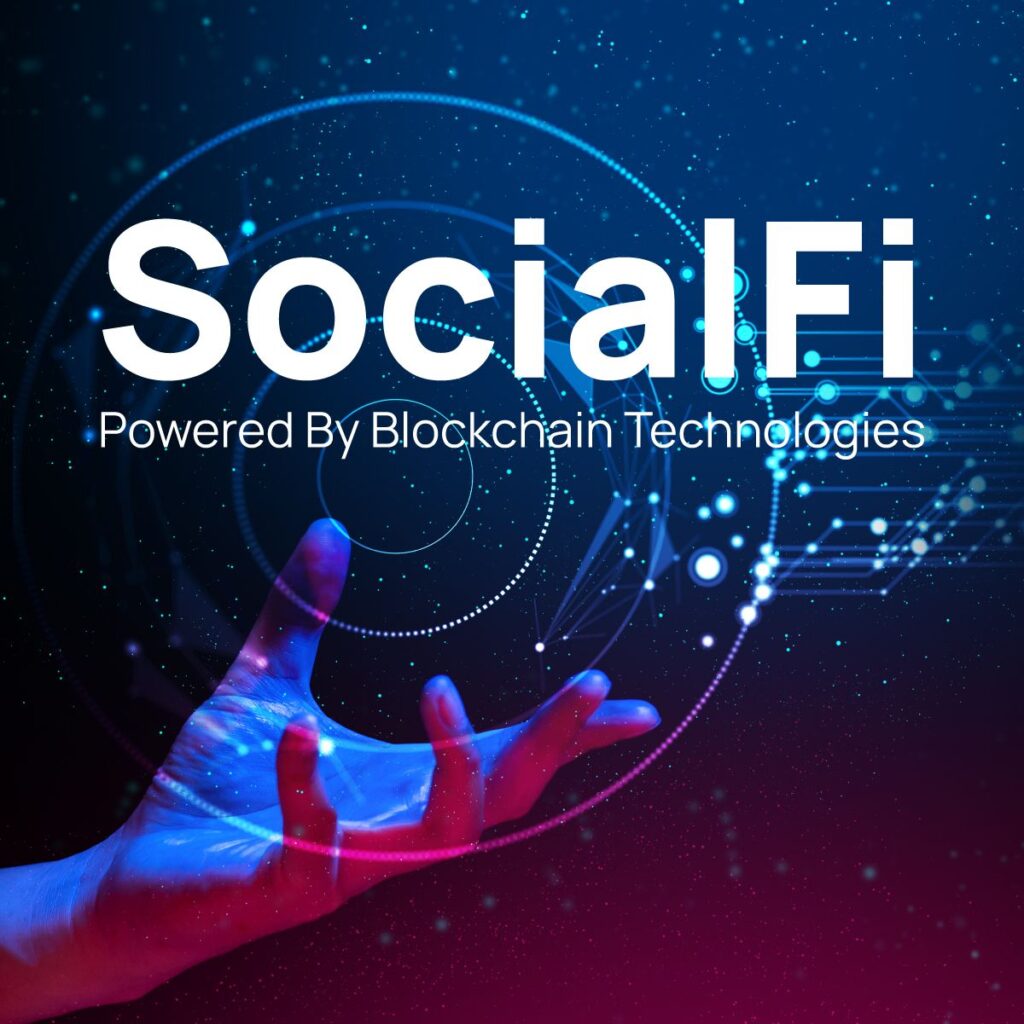
SocialFi merges the concepts of social media and decentralized finance (DeFi), presenting a Web3 (decentralized) approach to building, managing, and owning social media platforms and their user-generated content. Positioned at the core of SocialFi are content creators, influencers, and participants seeking enhanced control over their data, freedom of expression, and the ability to monetize their social media presence. Cryptocurrencies drive monetization, while non-fungible tokens (NFTs) govern identity management and digital ownership.
Structured as decentralized autonomous organizations (DAOs), SocialFi platforms aim to counteract centralized censorship decisions. With advancements in blockchain technology, SocialFi infrastructure accommodates the throughput demands of social media interactions.
Other Articles
Challenges of Web2 Social Media
Web2 social media platforms, despite their widespread use, face significant challenges. The monetization of user-generated content is centralized, often benefiting a select few entities. Decisions related to content bans, while made with user protection in mind, highlight centralized decision-making. Additionally, digital ownership and tracking are problematic, leaving room for digital piracy. Web2 platforms struggle to directly monetize the brand equity of influencers.
Can SocialFi Address These Challenges?
SocialFi emerges as a solution, aligning with Web3 principles and rectifying design issues present in Web2 social media platforms.
Monetization
- SocialFi introduces a fair incentive structure using DAO models and social tokens. These tokens, operating at both the application and user levels, enable creators to manage their economies. Each user with brand equity can have their own token, with its value directly tied to their social influence.
- Users need the creator’s social token to engage with their posts.
- Highest token holders receive priority in message visibility.
- Creators set thresholds for direct messaging based on token ownership.
- Artists can create subscription models with social tokens for premium content access.
- Engaging with content incurs a cost, fostering genuine interactions and reducing spam.
Censorship and Freedom of Speech
- SocialFi platforms tackle this complex issue through decentralized curation using on-chain data. All publicly viewable posts exist on-chain, allowing rules engines to label posts based on content. Nodes on the chain decide which posts to engage with or block. This decentralized approach shifts control and responsibility to individual nodes, avoiding centralized decision-making.
Digital Ownership and Identity
- PFP NFTs (picture for proof) have introduced a new form of digital identity. Users can utilize NFTs as their SocialFi profile pictures, confirming ownership by connecting their wallets. Beyond identity, PFP NFTs grant exclusive access to certain communities within SocialFi, offering unique experiences and benefits. Creators can leverage NFTs for distribution, sharing proceeds with social token holders.
Conclusion
Despite facing challenges in infrastructure and economic models, SocialFi platforms show promise. The shift towards creator economy models is evident, and SocialFi represents a significant step in that direction. As the world embraces DeFi principles in social networks, overcoming downturns and sustaining progress will be crucial for SocialFi’s success. With favorable market conditions and robust investment prospects, the potential for SocialFi projects seems boundless.







